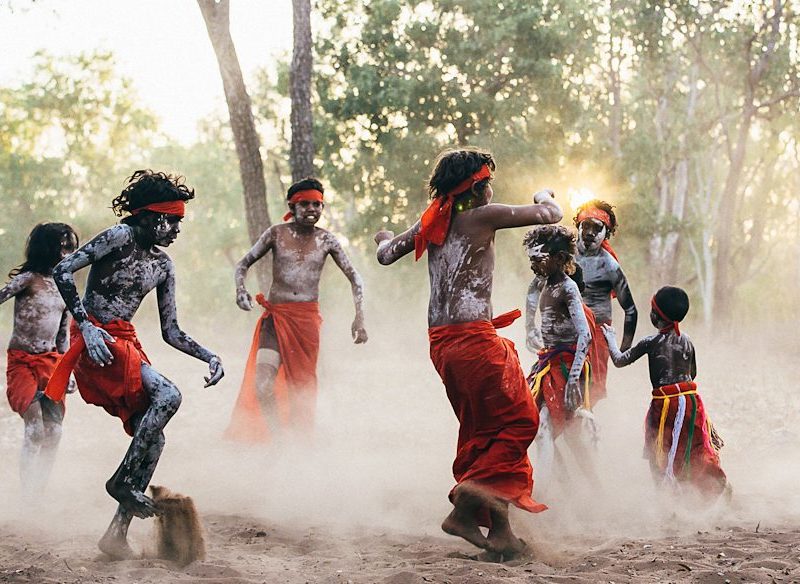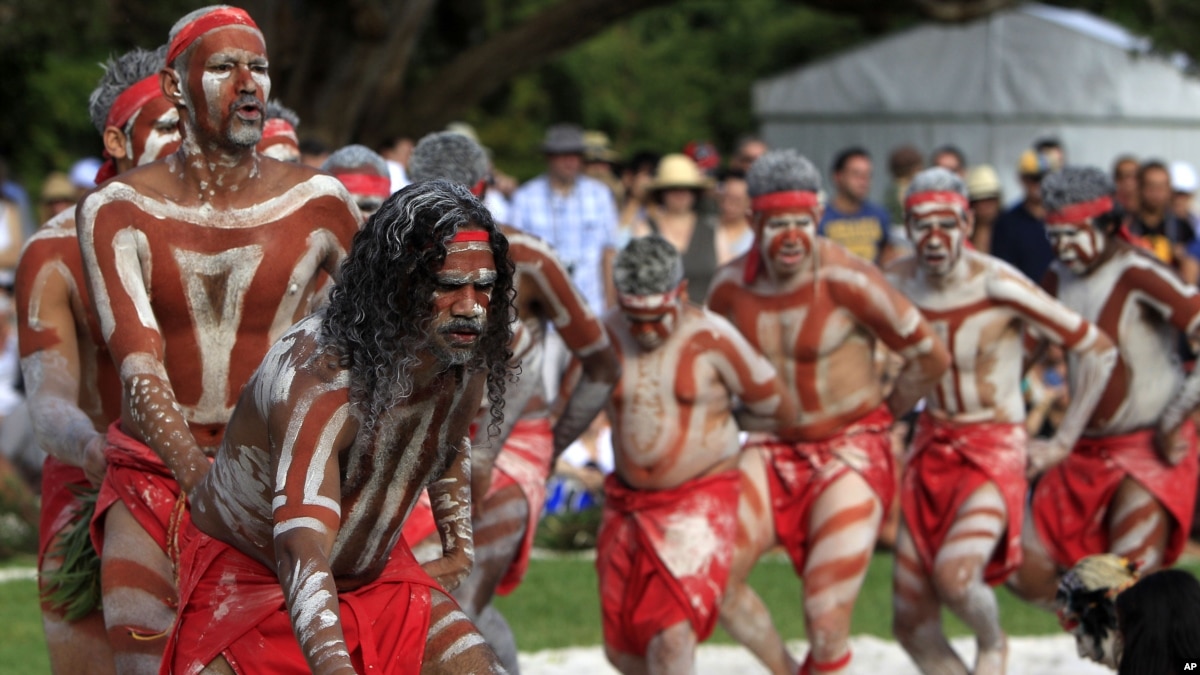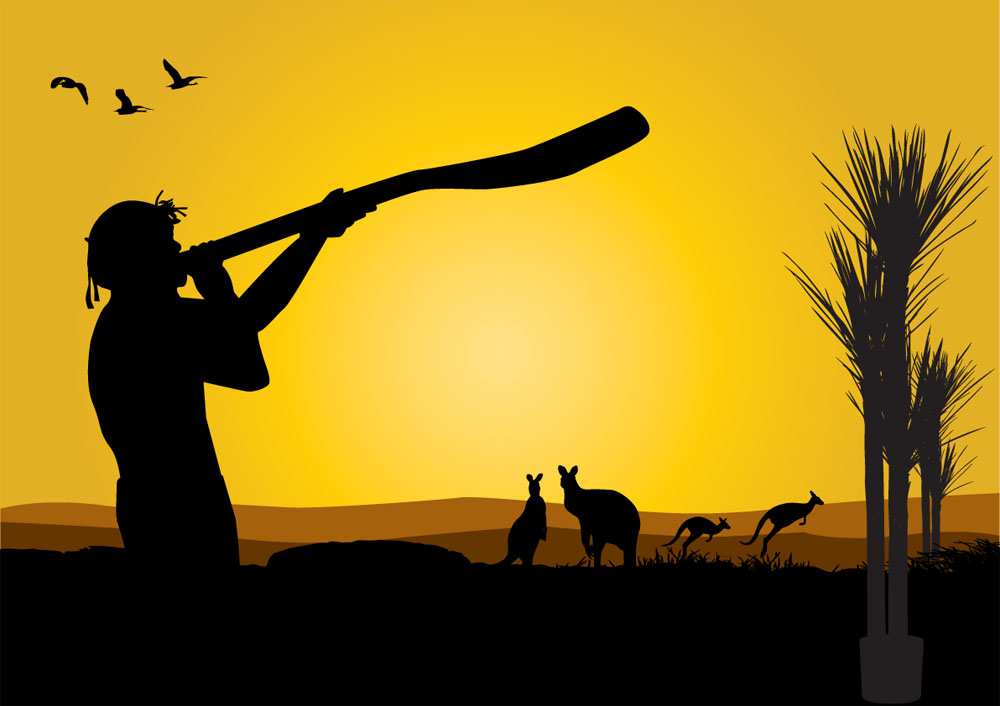Australia’s Indigenous Heritage: A Tapestry of Resilience and Culture
Australia’s Indigenous Heritage: A Tapestry of Resilience and Culture

Australia, a land of vast landscapes and diverse wildlife, is also home to one of the oldest and most fascinating cultures on Earth – the Indigenous Australian culture. For over 65,000 years, Aboriginal and Torres Strait Islander peoples have thrived in this unique environment, developing a profound connection to the land and a rich tapestry of traditions, languages, and art forms. This article delves into the captivating world of Australian natives, exploring their history, cultural practices, and the ongoing struggle for recognition and self-determination.
A Journey Through Time: The Aboriginal and Torres Strait Islander Story
Related Articles: Australia’s Indigenous Heritage: A Tapestry of Resilience and Culture
- Terra Nullius: Unmasking The Myth Of Empty Land
- Unraveling The Threads Of Ancestry: Are Tamils Related To Aboriginal Australians?
- A Taste Of The Outback: Exploring Australia’s Unique Native Fruits
- The Didgeridoo: A Journey Through Sound And Culture
- The Timeless Tapestry Of Aboriginal Totems: A Journey Into Cultural Identity And Connection
The history of Indigenous Australians is a testament to resilience and adaptability. Arriving on the continent over 65,000 years ago, they navigated the diverse landscapes, mastering the art of survival and establishing intricate social structures. Their ancestors developed a deep understanding of the land, its resources, and its rhythms, reflected in their intricate knowledge of flora and fauna, sustainable practices, and complex social systems.
The Six Seasons: A Unique Perspective on Time and Nature
Unlike the Western calendar, Indigenous Australians perceive time through the lens of the six seasons, each marked by distinct weather patterns and ecological changes. These seasons, often referred to as "cultural seasons," are not just meteorological phenomena but also deeply intertwined with the social and spiritual life of the people. They dictate the timing of ceremonies, hunting and gathering activities, and the overall rhythm of life.
The Dreamtime: A Spiritual Foundation
The concept of the Dreamtime, also known as "the Dreaming," is central to Indigenous Australian spirituality. It encapsulates the creation story, the ancestral beings who shaped the land, and the interconnectedness of all living things. Through stories, songs, dances, and art, the Dreamtime is passed down through generations, shaping the worldview and guiding the actions of Indigenous Australians.
Languages and Cultural Diversity: A Mosaic of Expression
The diversity of Indigenous Australian languages is a testament to the vastness of the continent and the ingenuity of its people. Estimates suggest that over 250 languages were spoken prior to European colonization, each reflecting the unique environment and cultural practices of a particular group. Sadly, many languages have been lost or are facing extinction due to the impact of colonization.
Art and Storytelling: A Tapestry of Expression

Indigenous Australian art is a powerful form of communication, storytelling, and cultural expression. From intricate rock paintings and carvings to vibrant contemporary art, these works embody the Dreamtime, ancestral stories, and the deep connection to the land.
Traditional Practices: Connection to the Land and Sustainability
Indigenous Australians have long practiced sustainable living, understanding the delicate balance of nature and the importance of respecting the land. Their knowledge of bush medicine, hunting and gathering techniques, and fire management practices has been passed down through generations, contributing to the ecological health of the continent.
The Impact of Colonization: A Legacy of Dispossession and Resilience
The arrival of Europeans in 1770 marked a turning point in the history of Indigenous Australians. Colonization brought with it dispossession of land, forced assimilation policies, and the suppression of cultural practices. The impact of these policies is still felt today, with Indigenous Australians facing higher rates of poverty, unemployment, and health issues.

Reconciliation and Self-Determination: A Path Forward
In recent decades, there has been a growing movement for reconciliation and self-determination for Indigenous Australians. This movement seeks to address the historical injustices, acknowledge the ongoing challenges, and empower Indigenous communities to shape their own futures.
The Role of Education and Awareness: Fostering Understanding and Respect
Education plays a crucial role in fostering understanding and respect for Indigenous Australian culture. By learning about their history, traditions, and perspectives, we can challenge stereotypes, promote cultural awareness, and contribute to a more inclusive society.
Key Figures and Leaders: Voices of Change and Resilience

Throughout history, Indigenous Australians have emerged as powerful voices for change and resilience. Figures like Eddie Mabo, whose legal battle led to the recognition of native title rights, and Michael Long, who championed reconciliation and social justice, have inspired generations and paved the way for a more equitable future.
Cultural Festivals and Events: Celebrating Indigenous Heritage
Across Australia, numerous festivals and events celebrate Indigenous culture, art, music, and dance. These events provide opportunities to connect with Indigenous communities, learn about their traditions, and experience the vibrancy of their heritage.
The Future of Indigenous Australia: A Vision for Reconciliation and Self-Determination
The future of Indigenous Australians is intertwined with the future of Australia itself. The path forward requires a commitment to reconciliation, recognition of native title rights, and the empowerment of Indigenous communities to shape their own destinies. By working together, we can build a future where Indigenous Australians can thrive and their rich cultural heritage is celebrated and protected.
FAQ about Australian Natives
Q: How long have Indigenous Australians lived in Australia?
A: Indigenous Australians have lived in Australia for over 65,000 years, making it one of the oldest continuous cultures in the world.
Q: What is the Dreamtime?
A: The Dreamtime, also known as the Dreaming, is a central concept in Indigenous Australian spirituality. It encompasses the creation story, the ancestral beings who shaped the land, and the interconnectedness of all living things.
Q: How many Indigenous languages were spoken in Australia before colonization?
A: It is estimated that over 250 languages were spoken prior to European colonization.
Q: What is the impact of colonization on Indigenous Australians?
A: Colonization has had a devastating impact on Indigenous Australians, leading to dispossession of land, forced assimilation policies, and the suppression of cultural practices.
Q: What is reconciliation?
A: Reconciliation is a process of healing and understanding between Indigenous Australians and non-Indigenous Australians, aimed at addressing the historical injustices and building a more equitable future.
Q: How can I learn more about Indigenous Australian culture?
A: There are many resources available to learn more about Indigenous Australian culture, including museums, art galleries, cultural centers, and online resources. Attending cultural festivals and events is also a great way to experience their traditions firsthand.
Q: How can I support Indigenous Australians?
A: You can support Indigenous Australians by learning about their culture, challenging stereotypes, and advocating for their rights. You can also support Indigenous businesses and organizations.
Conclusion
The Indigenous Australian culture is a vibrant and enduring tapestry of resilience, creativity, and connection to the land. By understanding their history, traditions, and ongoing challenges, we can foster a deeper appreciation for their unique heritage and work towards a future where their voices are heard and their rights are respected.

Closure
Thus, we hope this article has provided valuable insights into Australia’s Indigenous Heritage: A Tapestry of Resilience and Culture. We hope you find this article informative and beneficial. See you in our next article!